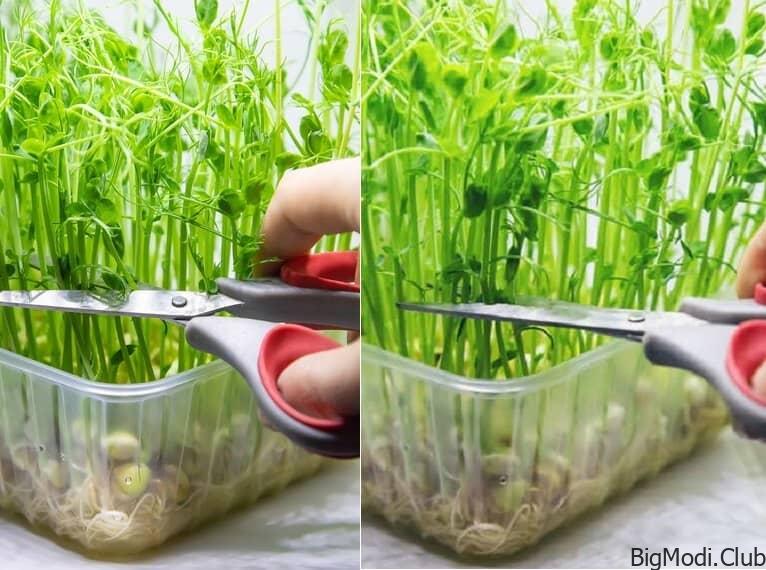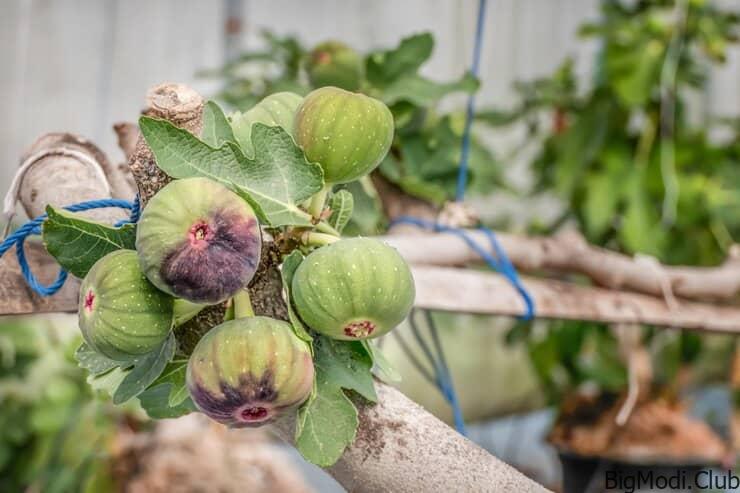In the realm of gardening, celery stands out as a particularly finicky vegetable to cultivate. Its demanding nature often leaves growers scratching their heads in frustration. However, fear not, for we have uncovered a method that promises to revolutionize your celery-growing endeavors. Prepare to witness unparalleled growth and vitality as we unveil the most effective method for growing celery.
Understanding the Celery Conundrum
Before delving into the solution, it’s crucial to comprehend the challenges associated with cultivating celery. This vegetable requires specific conditions to thrive, including ample sunlight, consistent moisture levels, and nutrient-rich soil. Furthermore, celery has a notoriously slow germination process, testing the patience of even the most seasoned gardeners.
Introducing Hydroponic Cultivation
Enter hydroponic cultivation, a game-changing technique that bypasses the limitations of traditional soil-based gardening. Hydroponics involves growing plants in a nutrient-rich water solution, sans soil. This method offers several advantages over conventional gardening, including accelerated growth rates, precise nutrient delivery, and reduced water consumption.
The Hydroponic Advantage for Celery
When it comes to celery, hydroponic cultivation provides a multitude of benefits that promote rapid and robust growth. By eliminating the need for soil, hydroponics allows for optimal root oxygenation, ensuring enhanced nutrient absorption. Additionally, the controlled environment minimizes the risk of soil-borne diseases, fostering healthier plants.
Step-by-Step Guide to Hydroponic Celery Cultivation
Step 1: Seed Selection
Begin by selecting high-quality celery seeds from a reputable supplier. Opt for varieties known for their vigor and disease resistance to maximize success.
Step 2: Germination
To kickstart the germination process, place the celery seeds in a damp paper towel within a sealed plastic bag. Keep the bag in a warm, well-lit area, ensuring adequate moisture levels. After approximately one week, the seeds should sprout, indicating readiness for transplantation.
Step 3: Transplantation
Once the seeds have germinated, carefully transfer them to your hydroponic system of choice. Ensure that the roots are submerged in the nutrient solution, providing a steady supply of essential nutrients.
Step 4: Nutrient Management
Monitor the nutrient levels within your hydroponic reservoir, adjusting as needed to maintain optimal concentrations. Celery thrives on a balanced blend of nitrogen, phosphorus, and potassium, supplemented with micronutrients such as calcium and magnesium.
Step 5: Light and Temperature
Position your hydroponic setup in a well-lit area with access to natural sunlight or artificial grow lights. Aim for a temperature range of 60-70°F (15-21°C) to promote healthy growth and development.
Step 6: Maintenance
Regularly inspect your celery plants for signs of nutrient deficiencies, pests, or diseases. Prune any yellowing or damaged foliage to encourage new growth and maintain overall plant health.
Unlocking the Potential of Hydroponic Celery
In conclusion, hydroponic cultivation offers a groundbreaking solution to the challenges of growing celery. By harnessing the power of nutrient-rich water solutions, growers can achieve unparalleled results in terms of growth rate, yield, and quality. Embrace this innovative approach and unlock the full potential of your celery crop.



